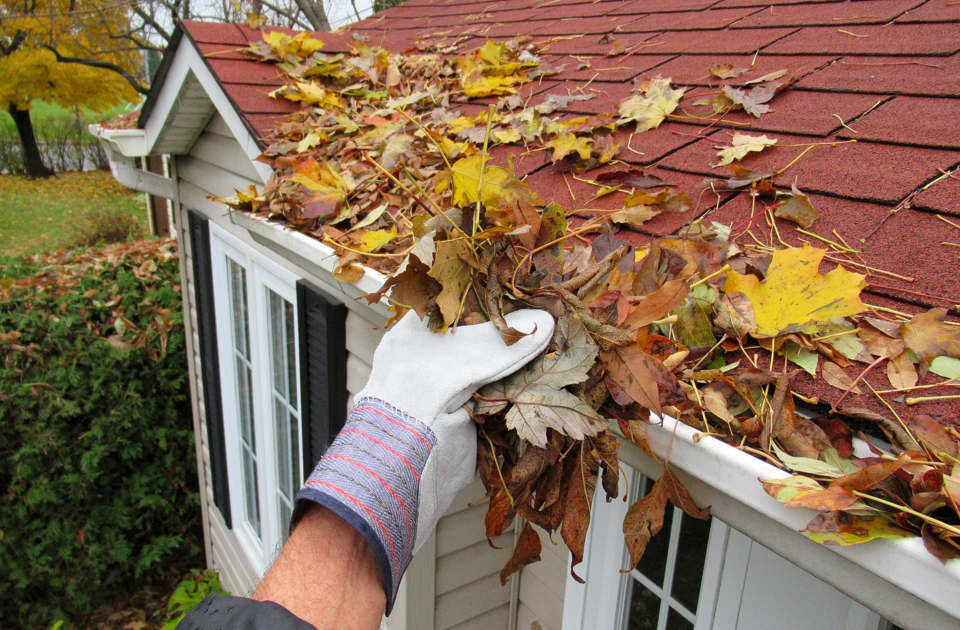Like the concentric circles of its keystone home assessments, the Sunshine Coast’s FireSmart program is expanding the reach of its fire risk mitigation work.
The Sunshine Coast Regional District (SCRD)’s recently hired FireSmart coordinator, David McIlwraith, and two other experienced FireSmart assessors are conducting community-level assessments and public engagement, as well as homeowner assessments Coast-wide.
FireSmart is “a set of tools and guides on how to undertake and implement community-based wildfire prevention and education initiatives,” explains McIIwraith. Basically, it’s about teaching people wildfire mitigation practices for their homes and their communities.
McIlwraith who was contracted to coordinate the program last year, was hired on to the SCRD for a new more "robust" program in July. His funding lasts until next July.
This year kicked off with more public engagement, says McIlwraith, more presentations to groups, stratas and Sechelt council, for example. They’re also doing more neighbourhood and community assessments.
In a community assessment, the assessors look at ingress and egress routes, wildfire and evacuation plans. “What are you doing as a community so on and so forth? So it really creates more of a community environment.” McIlwraith gives the examples of Woodcreek Park or Mossy Rock as the size of a community-level FireSmart assessment.
Looking into the future, they hope to gain a fire mitigation specialist and to roll out the FireSmart Home Partners Program – a collaboration between FireSmart Canada, FireSmart BC, provincial governments, local governments, Indigenous communities, the private sector and homeowners in Canada, says McIlwraith. Where a regular assessment will look at the home from the roof down to the foundation and then work out in three concentric circles and give recommendations, there’s no requirement to follow up on said recommendations. The home partner program comes with assessments of 20 to 30 pages (rather than five) and if on a second inspection, a work plan has been acted on, there’s the potential for grant funding.
“We're not trying to moonscape things,” explains McIlwraith. “We're just trying to make resilient landscapes.”
“The single biggest thing I can say to anybody, is look at that five-foot zone, what's going on in your five-foot zone from your home,” says McIlwraith.
Most structure ignitions in wildfires come from ember showers that fall well ahead of wildfire fronts, he adds. “And it's not just a house that lights up, it could be several houses that light up all at once,” he says. “And so the first responders get overtaxed quite quickly.”
While the rains have come, the sooner FireSmarting work happens, the better, says McIlwraith. “You can still be doing this mitigation work now, in preparation for next fire season.”
One can get in touch with the FireSmart team for a free assessment at [email protected] or through the SCRD website. McIlwraith estimates that the walk-and-talk assessments take 45 minutes to an hour. (He recommends homeowners be on site for the visit as much education happens within that interaction.) At the end of the assessment, the homeowner gets a “scorecard” and a list of recommendations to consider in making their home more FireSmart.
“The more we can put into preparation, the more we can take on as homeowners, the more we can do this work in advance, the more resilient we become as an entire community,” says McIlwraith.
Fire Prevention Week in B.C. is Oct. 8 to 13.



